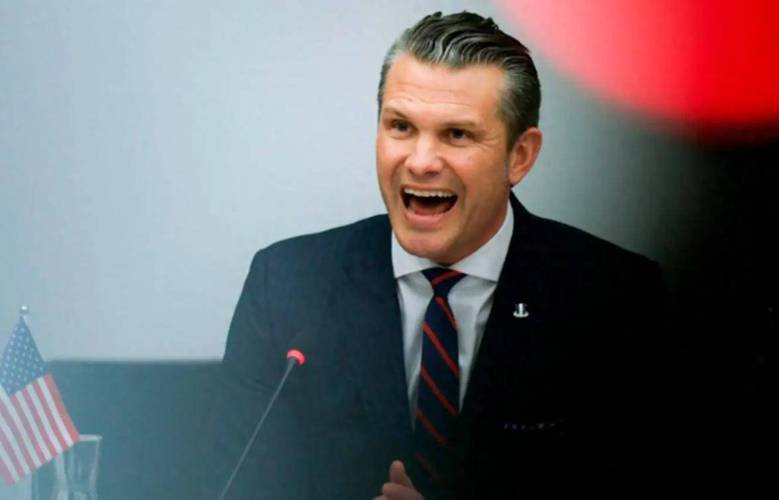
In December 2024, the economic situation in the eurozone showed a complex situation of a rebound in inflation but still strong interest rate cut expectations, which contains the interweaving of many economic factors behind this phenomenon, and also indicates that there are many uncertainties in the future direction of the eurozone economy.
From the perspective of inflation data, the eurozone CPI rose slightly in November to 2.3% year-on-year, already exceeding the European Central Bank's 2% target level. The change indicates that upward price pressures are re-emerging and could have an impact on the cost of living for residents as well as the cost of doing business for businesses. Rising prices mean that consumers need to pay more money for the same goods and services, which will undoubtedly increase the burden of living for those in the middle and low income groups, which may restrain some consumer demand. For enterprises, raw materials, labor and other costs may also rise with rising prices, reducing profit margins, affecting their enthusiasm to further expand production and investment.
Core CPI growth, meanwhile, remained at 2.7 per cent year-on-year for the third straight month, slightly below expectations but still relatively high. The core CPI, which excludes more volatile items such as food and energy, is a better indicator of underlying, ongoing price trends in the economy. The stable high level of this indicator also confirms the stubbornness of inflation from the side, that is, it is not only short-term and accidental factors that lead to price increases, but there are deep-seated and structural price driving forces.
Surprisingly, however, despite the rebound in inflation, the odds of an ECB rate cut in December are widely seen. This reflects deeper concerns about the wider eurozone economy. At present, the economic growth of the eurozone is facing many difficulties. In terms of domestic demand, consumers are not willing to consume strongly due to the uncertainty of future economic expectations and the decline in real purchasing power caused by the current price rise, and the consumer market is showing weakness. In terms of external demand, the complexity of the global trade environment and the slowdown in the economic growth of major trading partners have made the eurozone's exports under greater pressure, and the orders of enterprises have decreased, and the production scale is difficult to expand effectively.
Looking at the rate cut, there is a clear debate. A 25 basis point cut is now seen as a high probability event, although there is also some view that a significant cut is possible. Those who advocate a 25 basis point interest rate cut may consider that they should stimulate the economy by moderately reducing interest rates, provide relatively loose financing environment for enterprises, help enterprises tide over difficulties, resume production and investment, and avoid inflation further out of control due to excessive interest rate cuts. After all, if money is too loose and there is too much money in the market, it is likely to fuel price increases, make inflation more difficult to control, and the previous efforts to stabilize prices may be in vain.
The argument in favor of a big cut in interest rates focuses more on the urgency of current economic growth. In their view, the eurozone economy is an underpowered train that needs a strong dose of medicine to restart and accelerate. Through substantial interest rate cuts, can quickly reduce the financing costs of enterprises, stimulate enterprises to borrow for the purchase of equipment, research and development, expand the scale of production, etc., but also encourage residents to increase consumption, such as stimulating real estate, automobiles and other large consumer markets, so as to stimulate domestic demand, fundamentally reverse the lack of economic growth.
Overall, the eurozone is in a dilemma between inflation and growth. The ECB's next monetary policy decision will be crucial. Whether it chooses a relatively conservative 25 basis point rate cut or takes a bold and aggressive cut, it will have a profound impact on the level of inflation, economic growth, asset prices and exchange rates in the eurozone, and the market is waiting to see. Watch closely how this crucial decision will shape the future economic landscape of the eurozone.

U.S. Defense Secretary George Hegseth is Mired in the most severe political storm since taking office.
U.S. Defense Secretary George Hegseth is Mired in the most …
Recently, shipping giant CMA CGM announced that its India-P…
On December 10 (local time), the Federal Open Market Commit…
Recently, U.S. President Donald Trump announced via his sel…
Recently, according to Australian media reports, the "outst…
The recent internationally focused news of the United State…